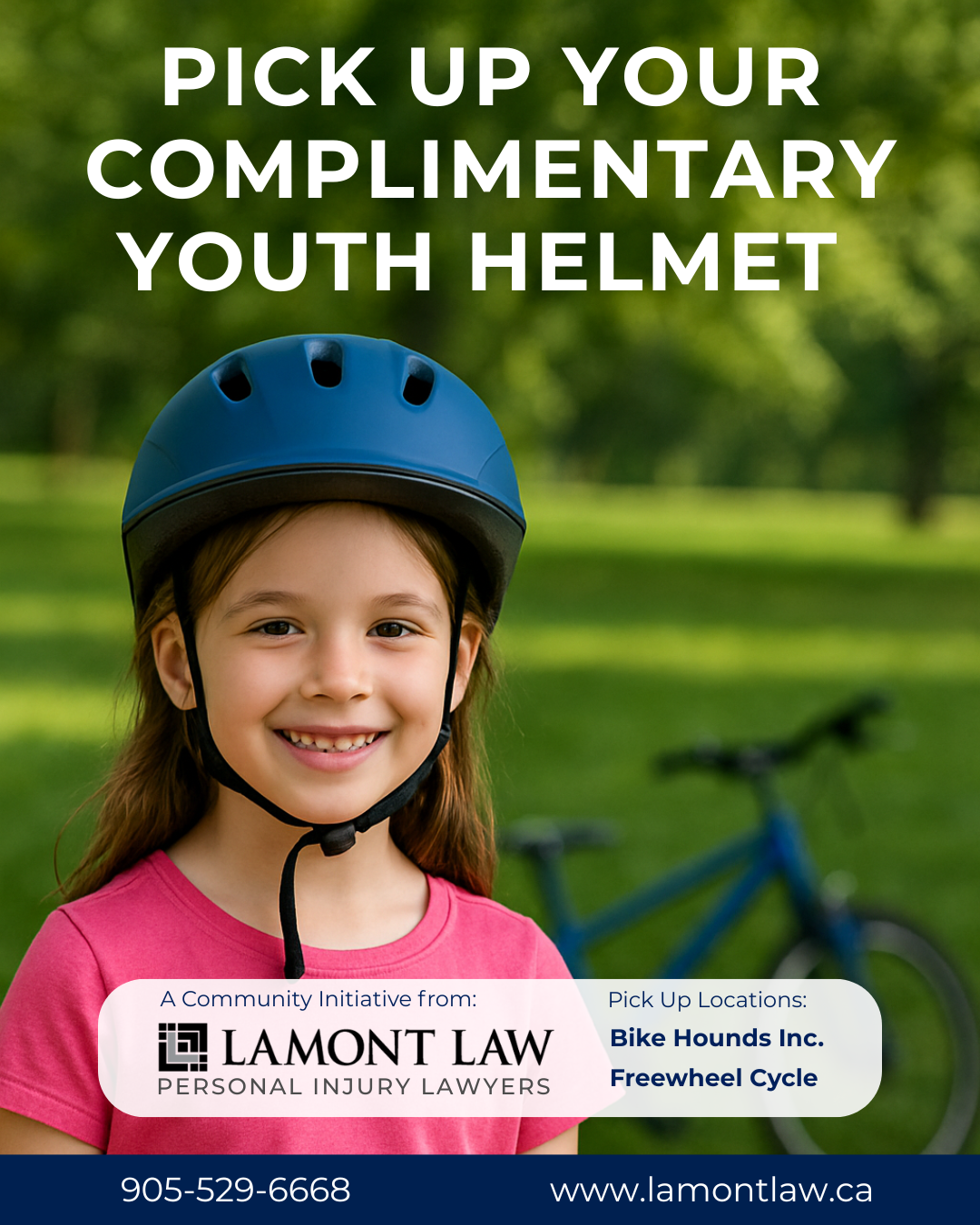As the weather warms and Canadians emerge from their winter hibernation, many will turn to cycling as a way to shake off the dust and welcome the Spring season. Part of this ritual for all cyclists and especially those under the age of 18 should involve grabbing a helmet to wear.
If you are among those who wear a helmet every time they ride, you might wonder, “can I just grab the old helmet in the shed?” While bikes can last decades, manufacturers recommend replacing helmets after any crash (yes, even if it looks ok), or after 3-5 years, even if the majority of that time it has been on a shelf.
While replacing a helmet – for a child or an adult – every 3-5 years sounds like an expensive endeavor, the benefits of helmets are proven and well accepted. For example, wearing a bike helmet has been found to reduce the risk of serious head or facial injury by up to 70%. (Helmets for preventing head and facial injuries in bicyclists – PMC) This is especially important for children since there is increasing research which suggests that the effects of repeat concussions over several years can have a compounding impact, and that repeat concussions may increase the risk of persistent post concussive symptoms. (Concussion in children: What are they symptoms? – Mayo Clinic)
Reducing concussions in childhood may have increased importance for limiting the severity of concussions sustained in adulthood. The risk of concussion at any age can be reduced by wearing a helmet when cycling. Its also the law under the Highway Traffic Act that all persons under 18 in Ontario must wear a helmet when riding a bicycle on a roadway. (R.R.O. 1990, Reg. 610 SAFETY HELMETS – ontario.ca)
Finally, from a personal injury standpoint, an additional consideration is that if you are seriously injured in a collision as a cyclist who is not wearing a helmet, you may be faced with a “contributory negligence claim” by the at-fault party. If successful, this claim will reduce your award by the percentage of fault ascribed to you for your own injuries resulting from your failure to wear a helmet.
So how do you choose a one?
Types of helmets
City/Commuter Helmet
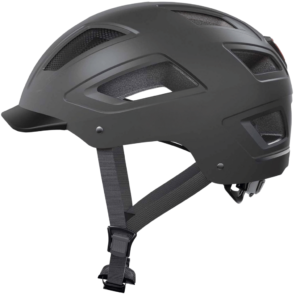
The intentionally round shape is ideal for collisions with vehicles. It encourages rolling, glancing or the continuation of movement when struck to minimize head trauma during collisions. The greater coverage at the back of a commuter helmet also helps protect the back of the head from direct blows and may limit the forward pitch of the head if such a strike does occur.
Road Helmet
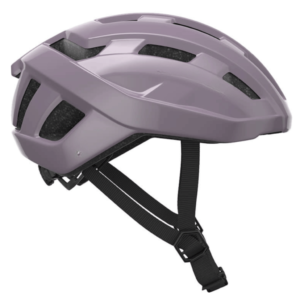
Size, shape and protection features for road helmets can vary significantly across brands and models allowing riders to pick a helmet that best meets their aerodynamic, weight or protection needs.
Mountain Helmet
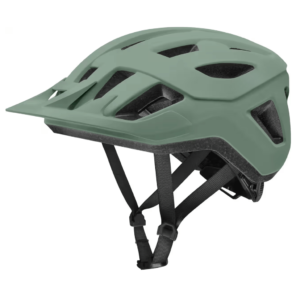
Kids Helmets
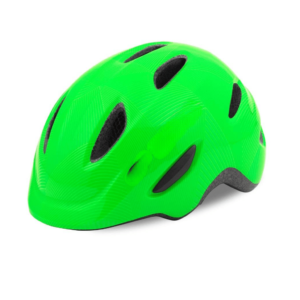
Broadly speaking, children’s helmets should be very round in shape and offer excellent coverage to the back of the head and cervical spine area. When it comes to picking a helmet for your child, a round shape with more coverage is best and should be a primary consideration when choosing between brands or models. Generally, it is advisable to avoid helmets with rubber features on top of them like cat ears or spiky mohawks as those can catch on the pavement/object being struck and prevent rotation of the head/body in a fall.
Added Safety Features:
Helmets will also often come with additional safety features and certifications. Below are some of the more common options.
Mips: Helmets with Mips will often have a yellow circle with the letters “Mips” printed somewhere on the helmet. Mips is a safety feature consisting of a plastic shell that sits between the head and the helmet and allows for additional rotation during a collision which can better distribute and dissipate crash forces. Mips claims to assist in limiting head trauma or its severity.
Wavecel: Wavecel is a newer helmet technology which involves a matrix of “cells” between the helmet shell and the head which, similarly to MIPS, claims to help to reduce crash force by better dissipating energy across the helmet. According to the Wavecel website, it is functionally a crumple zone for a helmet.
DOT (Department of Transportation): DOT is an American certification also accepted in Canada for motorcycle helmets. It can also be found on e-bike or full-face downhill mountain bike helmets and means the helmet has met certain collision standards related to speed, visibility, and strap strength.
E-bike Certification: some commuter, and mountain bike helmets will also let you know if they are “e-bike” certified which means they have been tested for the increased speeds associated with pedal assist bikes.
Proper Helmet fit
Similar to shoes, each manufacturer will use a different “head mold” to create their helmets, this means that you likely will not fit every brand of helmet properly.
The best way to tell if the helmet shape fits your head shape is to put the helmet on, adjust the dial at the back to snug it down (if present) and then, leaving the strap unbuckled, nod and shake your head in a yes and no pattern. If the helmet stays snug with little to no movement when making these motions the fit is likely acceptable. If it pinches, wobbles or creates too much pressure in a specific area then the helmet likely does not fit the shape of your head and you should try for a different manufacturer or model.
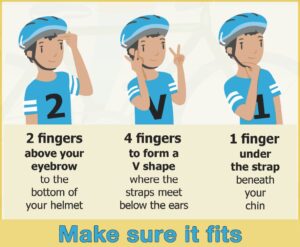
Need more help? If you are ever unsure about whether a helmet fits it is often worth popping into your local bike shop (not the big box kind) to talk to the staff. Helmet fit is a standard part of staff training at bike shops and staff are usually more than happy to lend a hand.
PLEASE NOTE: this blog post was written by Rebecca Murray, an associate lawyer at Lamont Law – Rebecca is an avid cyclist with 7 years of experience in the cycling industry and countless hours of fitting helmets on heads. This blog post is not meant to be legal advice, as stated above. If you are unsure about the type of helmet you require, please attend to your nearest local bike shop for help.

